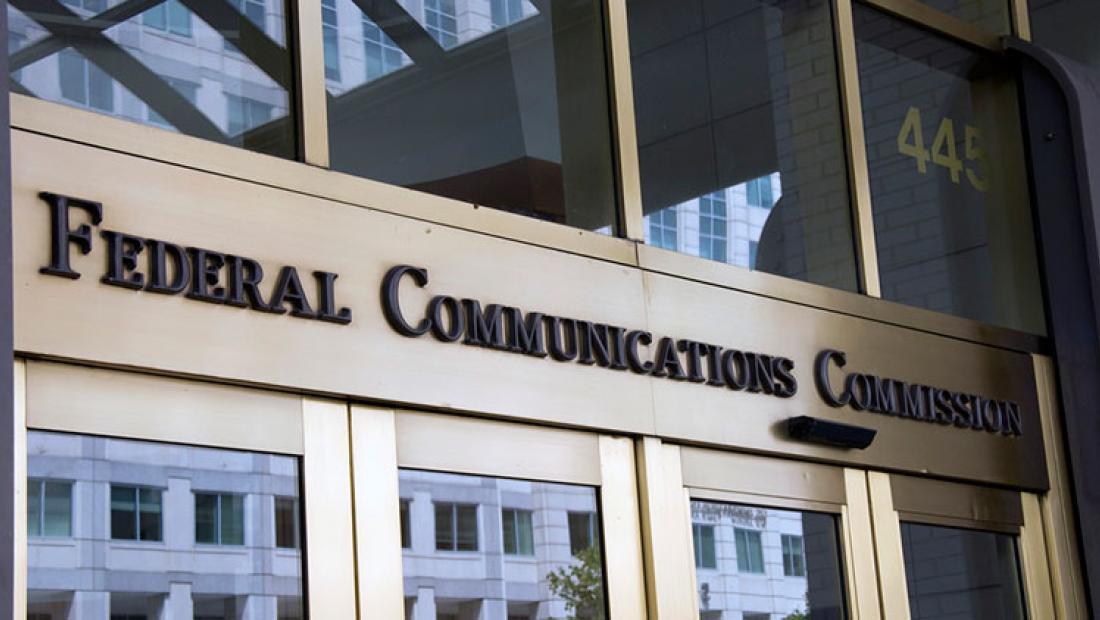FCC Proposes Boosting DBS Fees, Lowering Cable


The FCC says it plans to collect $322,035,000 in regulatory fees for FY 2018, which includes proposing to lower the cable rate and raise the DBS rate in its ongoing effort to equalize the payments between the two, as cable operators have pushed for.
The FCC pays for itself through the fees it charges regulated entities, including broadcasters, cable and satellite operators, according to how many full time FCC employees (FTEs) it takes to regulate them.
The FCC is also pondering shifting the broadcast TV fees to a population-based calculation, as it already does for radio.
The fee total includes $113.22 million (35.16% of the total FTE [full time employee] allocation) from Media Bureau regulatees according to the FCC's latest proposal for how it will cover its expenses.In a combination report and order and notice of proposed rulemaking, the FCC is proposing to raise DBS fees, and is seeking comment on a new methodology for broadcast TV fees in 2019, as well as on a tiered approach to the bulk rate for determining the numbers of subs in an MDU (multiple dwelling unit), which the FCC uses to calculate some cable fees.
The proposed cable and IPTV rate for 2018 is 77 cents per sub per year, while the DBS rate is proposed to be 48 cents.
In 2017, cable ops were still paying 150% more per subscriber than satellite-TV providers -- 96 cents versus 38 cents.
Related: ACA Says DBS and Cable Fees Should be Comparable
The FCC has been ramping up the DBS rate to get it closer to what cable ops pay, and is lowering the cable rate to speed that equilibrium. "That came after the FCC decided not to just include DBS in the MVPD category and charge both the same, which would have been major sticker shock since DBS was only paying a few pennies per sub.
The FCC has been phasing in its decision of three years ago to start assessing per-subscriber fees on DBS operators, as it does on other MVPDs (it used to assess a much lower, per-license, fee). It set the DBS fee at 12 cents per sub in 2015, then 27 cents in 2016, and then 38 cents.
The FCC is also seeking comment on whether in 2019, the fees for full-power broadcast TV stations should be based on population covered by the station’s contour, rather than DMA, as it is today.
The FCC says that would give it a chance to take into account the lower populations served by satellite stations, rather than assessing them according to the whole DMA. The FCC is considering a tiered approach, grouping stations with similar reach into tiers, with the same fee applied to each tier.
Broadcasting & Cable Newsletter
The smarter way to stay on top of broadcasting and cable industry. Sign up below
Contributing editor John Eggerton has been an editor and/or writer on media regulation, legislation and policy for over four decades, including covering the FCC, FTC, Congress, the major media trade associations, and the federal courts. In addition to Multichannel News and Broadcasting + Cable, his work has appeared in Radio World, TV Technology, TV Fax, This Week in Consumer Electronics, Variety and the Encyclopedia Britannica.

